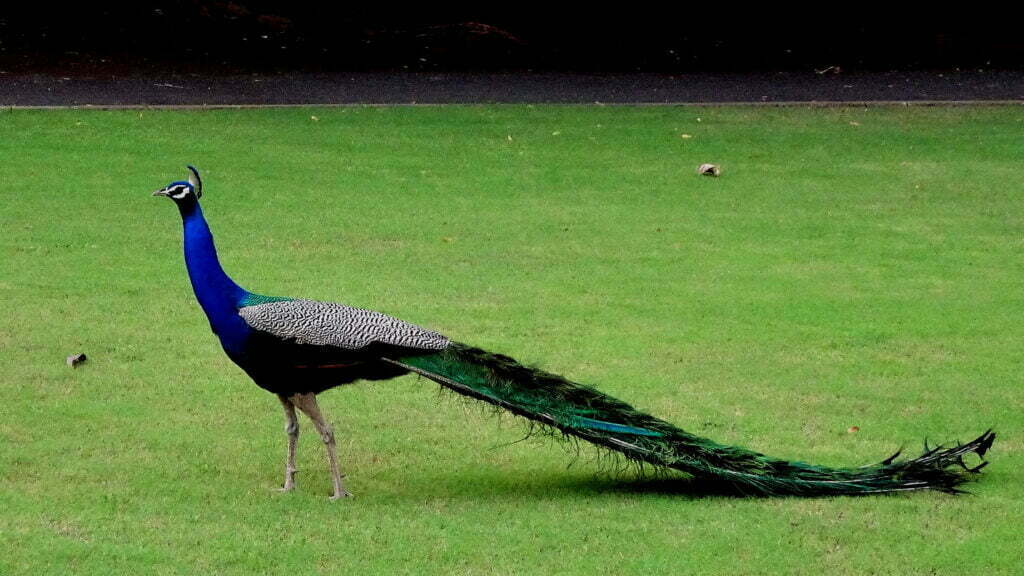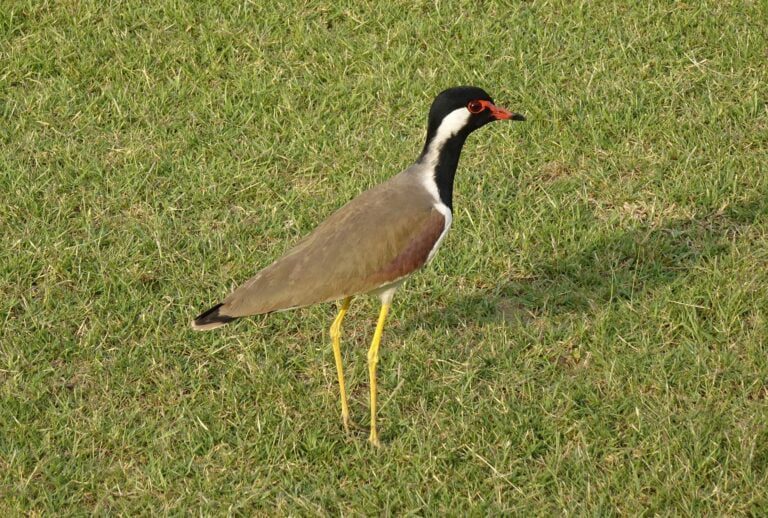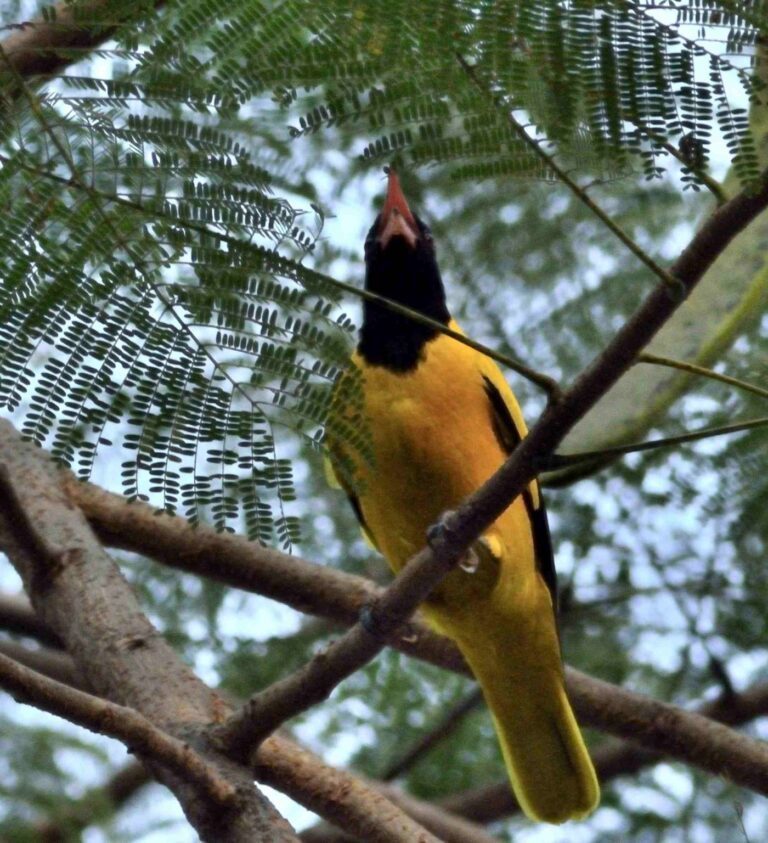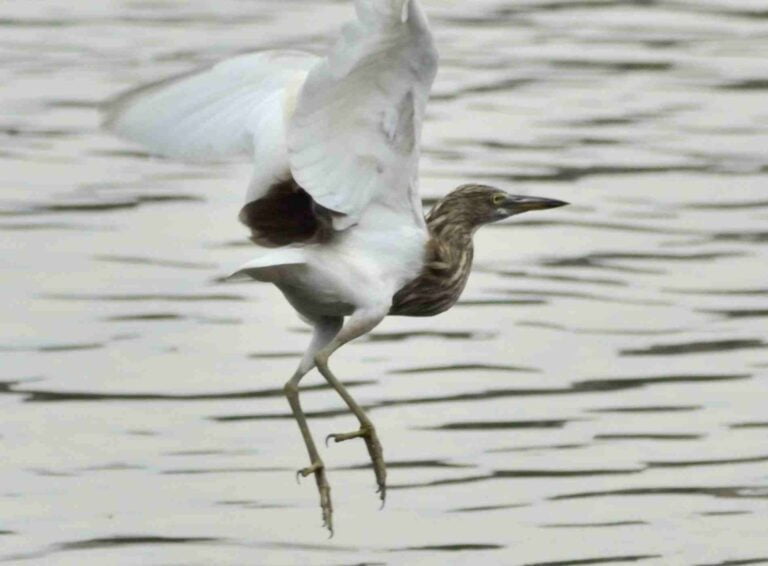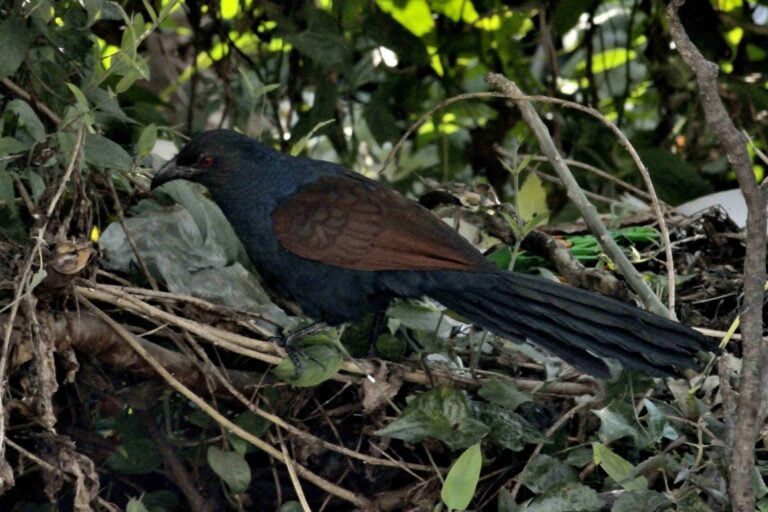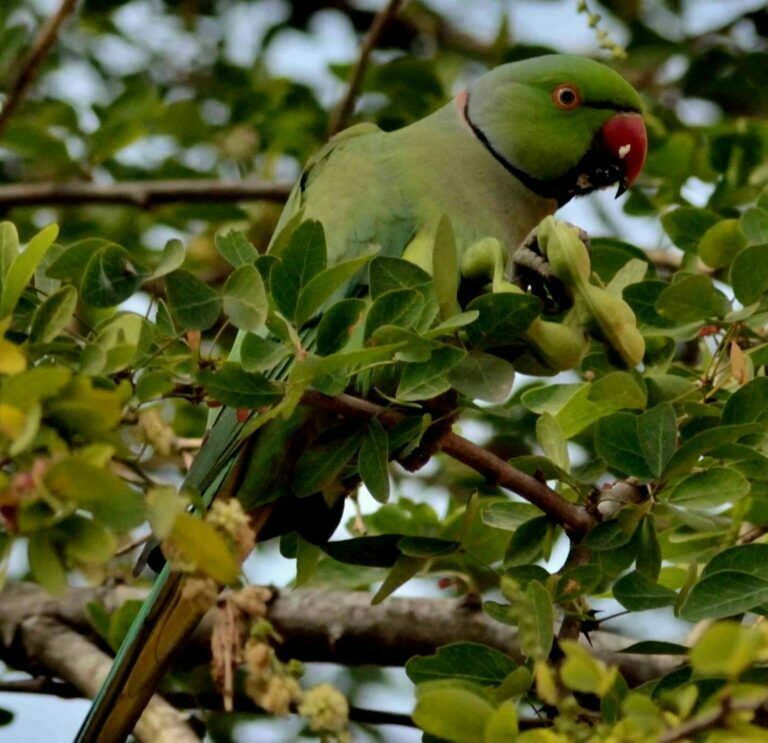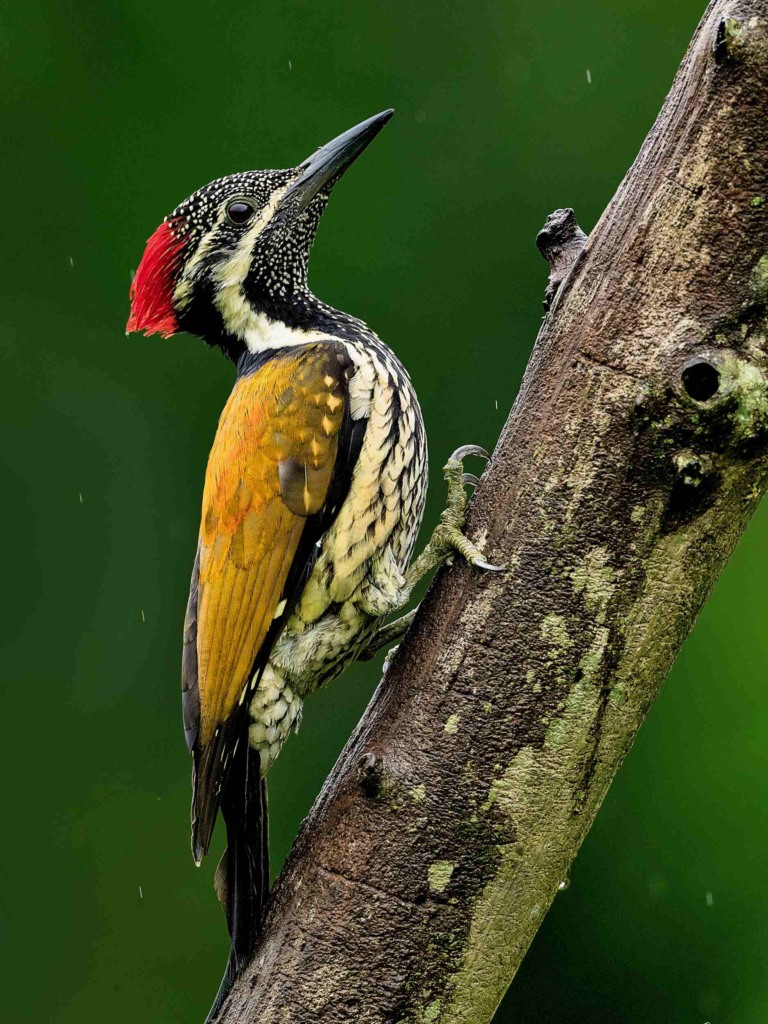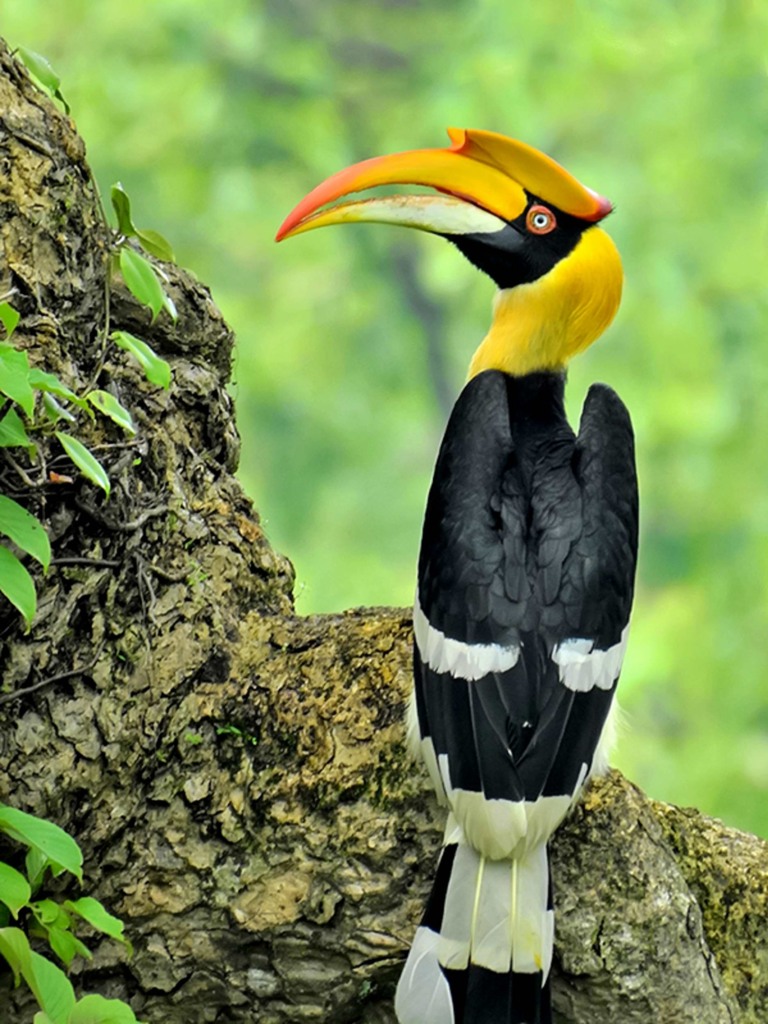The Indian Peafowl, scientifically known as Pavo cristatus, also called the common peafowl or Blue Peafowl, is a magnificent and iconic bird species native to the Indian subcontinent. It is a magnificent bird and the national bird of India. Indian peafowls, also known as peacocks (males) and peahens (females), are a notable avian species characterized by their size and vibrant plumage. Here is some information about the Indian peafowl:
Description of the Indian Peafowl
Peafowl are some of the biggest flying birds. Emus, ostriches, and other big birds are bigger than chickens, but they can’t fly. They are among the largest birds in the Phasianidae family, second in size only to the wild turkey.
The bluer, or Indian Peacock (Pavo cristatus), which lives in India and Sri Lanka, and the green, or Javanese, peacock (P. muticus), which lives from Myanmar (Burma) to Java, are the two most easily recognizable types of peafowl. The Congo peacock, or Afropavo congensis, was discovered in 1936. It lives in the forests of the Democratic Republic of the Congo. When a single feather was found in 1913, the search for it began.
Indian Peafowl Facts
1. Appearance: The Indian Peafowl is renowned for its striking and vibrant plumage, especially in the male. Adult peafowls are relatively large birds. Peacocks can reach a length of up to 2.3 meters (7.5 feet) when including their train, while peahens are somewhat smaller. The peacock’s beautiful blue peak is made up of quills that look like wires and end in spatula-shaped tips.
2. Size: Peacocks have a length from beak to tail of about 100 to 115 cm (39 to 45 in) and, when considering their fully grown train, can measure as much as 195 to 225 cm (77 to 89 in). Peahens (females): About 95 cm (37 inches) in length.
3. Weigh: They weigh approximately 4–6 kg (8.8–13.2 lb). In contrast, peahens are smaller, with a length of around 95 cm (37 in) and a weight ranging from 2.75 to 4 kg (6.1–8.8 lb).
4. Eyes: Both males and females have eyes surrounded by bare white skin, forming a white stripe above the eye and a crescent-shaped white patch below the eye.
5. Underparts: The underside of both males and females is dark and glossy green, shading into blackish under the tail.
6. Bill: The bill of both males and females is typically small and not prominently featured.
7. Legs: Both males and females have legs with claws.
8. Plumage: The peacock’s mesmerizing plumage has also inspired fashion, art, and design worldwide. Their distinctive characteristics, including their size, coloration, and crest shape, make them easily recognizable within their native habitat.
Males have a metallic blue crown, iridescent greenish-blue feathers on the head, scaly bronze-green feathers on the back, and a striking fan-shaped crest with eye-catching blue-green webbing. They also have a tail made up of elongated upper tail coverts, most of which feature elaborate eye spots.
Peahens, on the other hand, have rufous-brown heads with chestnut-edged crests and brownish upper bodies with pale mottling. They lack the showy train and iridescent plumage of males.
9. Peacock Body: The male, known as a “peacock,” is characterized by its iridescent blue-green crest and crown, which extend down the nape of its neck. Its back and wings are adorned with intricate “eye” patterns featuring vibrant blues and greens.
10. Peacock tail: The tail feathers, known as the “train,” are extremely long and have colorful eye-spots, mostly in shades of blue, green, and bronze. The ocelli, or eye spots, that adorn it are eye-catching, and they are actually formed by elongated upper-tail covert feathers.
11. Peahen Body: In contrast, the female, called a “peahen,” has a more subdued appearance with mottled brown and cream-colored plumage. She lacks the long, colorful tail feathers of the male.
12. Crest: Both males and females have crests on their heads. In males, the crest is more pronounced and adorned with iridescent feathers.
13. Calls: The calls of Indian peafowls are notable, including a loud “pia-ow” or “may-awe,” with an increased frequency before the monsoon season. They also emit other calls, such as “ka-aan..ka-aan” and “kok-kok,” and a low-pitched honk when agitated.
14. Food: Indian peafowls are often seen foraging on the ground for seeds, fruits, insects, and small invertebrates. They are omnivorous and feed on a varied diet consisting of seeds, fruits, insects, small mammals, and even small reptiles.
15. Breeding: Males are known for their elaborate courtship displays, which involve fanning out their long tail feathers, erecting their crest, and producing a series of distinctive calls to attract females. They are typically found in small groups and are known to roost in trees or other elevated perches at night.
Indian Peafowl Habitat
16. Habitat and Range: Indian peafowls inhabit a range of habitats, including grasslands, open forests, dry savannas, scrublands, and cultivated areas. They are also frequently seen near human settlements and often prefer areas near water sources.
17. Behavioral Adaptations to Habitat: Indian peafowls are adaptable and can live in various habitats, including moist and dry deciduous forests, cultivated areas, and human settlements. They are often found near water sources. In some parts of northern India, they enjoy protection due to religious practices and often forage for food scraps in villages and towns.
18. Distribution and Geographic Range: Indian peafowls are resident breeders found across the Indian subcontinent, including India, Sri Lanka, Bangladesh, Pakistan, and Nepal. They inhabit primarily the drier lowland areas of Sri Lanka and regions below elevations of 1,800 m (5,900 ft) in the Indian subcontinent, with rare sightings at around 2,000 m (6,600 ft).
19. Zoos and Aviaries: Due to their striking appearance and cultural significance, they have been introduced to various other parts of the world and can sometimes be found in captivity in zoos and aviaries. Indian peafowls have been introduced to various parts of the world, becoming feral in some areas. They have been introduced to countries such as the United States, the United Kingdom, France, Mexico, and many others, often adapting to their new environments.
20. Cultural Significance: The Indian Peafowl holds special cultural significance in India, where it is the national bird. It is admired for its beauty and features prominently in various aspects of Indian art, mythology, and folklore.
This bird species holds significant religious importance and is associated with various myths, legends, and religious practices. Its elegant appearance has made it a symbol of beauty and grace in Indian art and culture. The peacock is often associated with Lord Krishna in Hinduism, where it symbolizes divine beauty and love.
21. Conservation Status: The Indian Peafowl is classified as “Least Concern” on the IUCN Red List, indicating that it is not currently considered at significant risk of extinction. It benefits from its widespread distribution and adaptability to various habitats.
Overall, the Indian peafowl is not only a stunning and iconic bird but also a cultural and national symbol deeply rooted in the history and traditions of India. Indian peafowls are not only celebrated for their stunning appearance but also for their role in Indian culture, where they are considered a symbol of grace and beauty. Their striking displays and vocalizations add to the allure of these remarkable birds.
